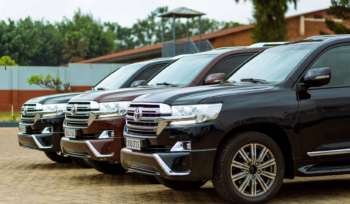- 16/03/2020
- Posted by: Julien Garcier
- Categories: Articles, Automotive, Tanzania

Car ownership remains a privilege of the few in Tanzania
A mere 6% of Tanzanian households have a car, according to a Sagaci Research survey conducted in December 2019. It found that the level of car ownership begins to rise significantly once monthly household income rises above USD500: For those with an income of between USD500 and USD1,000, the ownership rate rose to almost a quarter (23%), while for those with at least USD1,000, it reached almost two thirds (66%).
[visualizer id=”9622″]
A significant gap in car ownership was found between urban and rural households: 9% of urban households had a car – almost twice the figure of their rural counterparts (4%). This is the opposite of what would be expected in most developed countries, where car-ownership rates tend to higher in rural areas.
Japanese marques account for the bulk of car sales in Tanzania, with more than half of car-owning households (58%) having a Toyota as their “main” or only car, followed at some distance by Suzuki (6%), and BMW (4%). Toyota was found to be particularly popular in rural areas, where it accounted for almost three quarters (72%) of all vehicles.
There is a well established trade in second-hand cars imported from Japan in many African countries, including Tanzania. Among car-owning households in Tanzania, almost two thirds (65%) of respondents said that their vehicle had been purchased used (excluding “don’t knows”), including 18% who purchased an imported used car. New cars accounted for the remaining one third (35%) of purchases, including 15% who bought their car “brand new from abroad.”
[visualizer id=”9613″]
Toyota’s dominance of the local market reflects long-established trade links between Japan and Tanzania (and Africa in general) in the automotive sector, amid a steady stream of used vehicles from the Asian country due to its extremely strict road-worthiness test (Africa is the principal market for these vehicles); the strong reputation for reliability this marque enjoys among local consumers; and the fact that their ubiquity makes finding spare parts easy. However, Toyota’s dominance of the market may begin to weaken as other manufacturers increase their investment in local assembly facilities.




